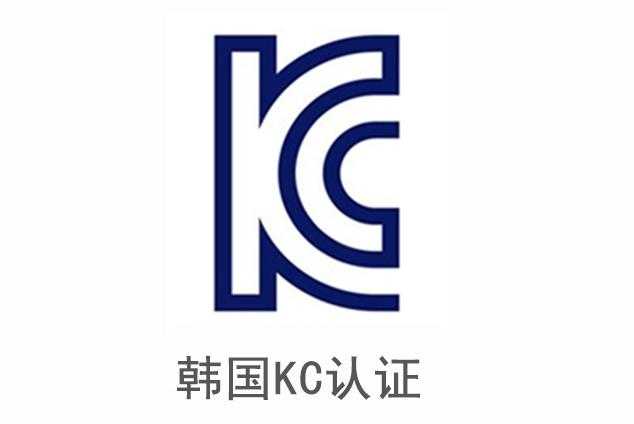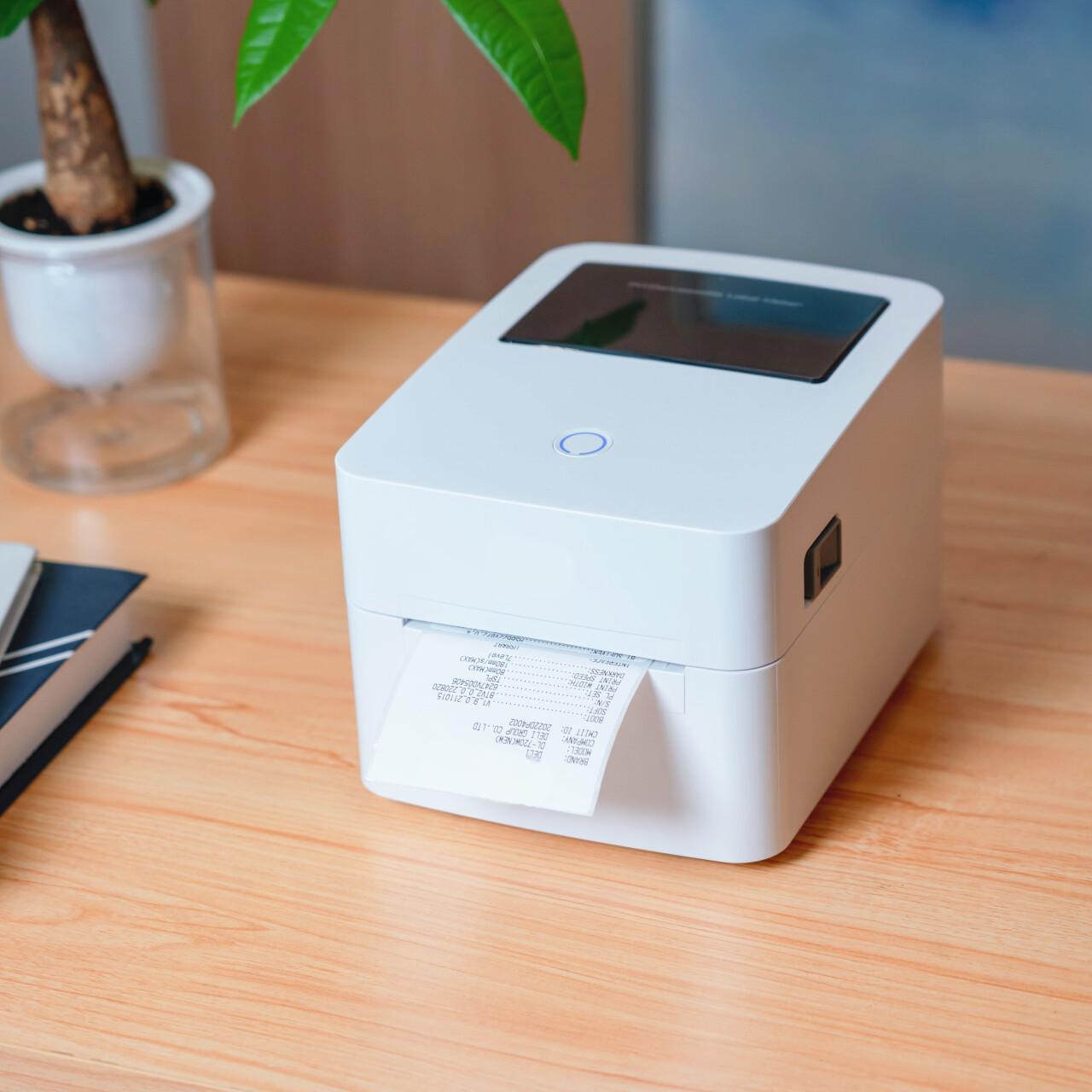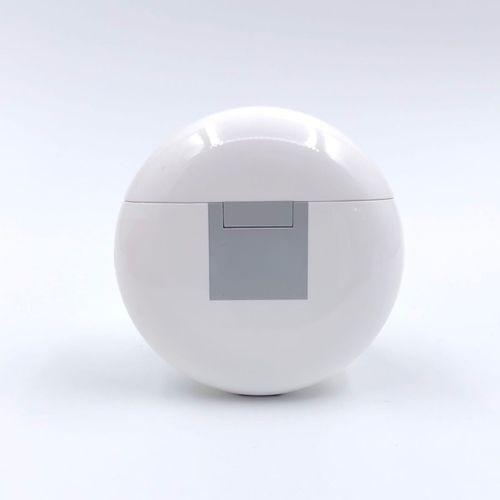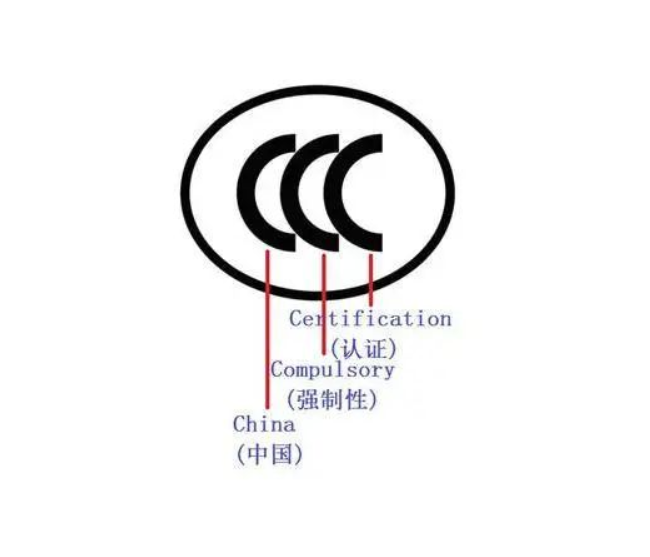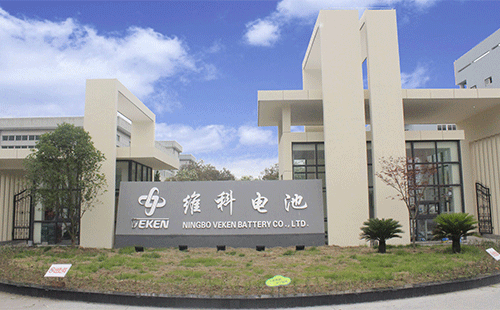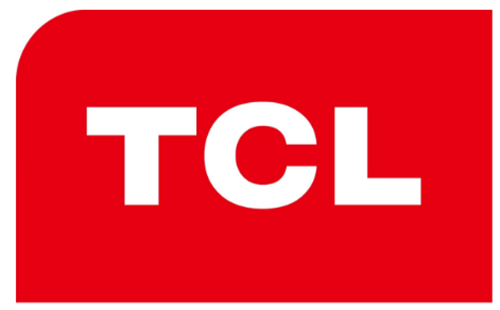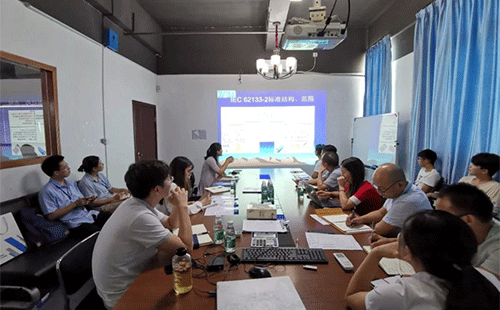The European Parliament and the European Commission issued the "Waste Electrical and Electronic Equipment Directive" (referred to as the "WEEE Directive") and the "Restriction of the Use of Certain Hazardous Substances Directive in Electrical and Electronic Equipment" (referred to as the "RoHS Directive") on February 13, 2003. RoHS The purpose of this standard is to eliminate lead, mercury, cadmium, hexavalent chromium, polybrominated biphenyls and polybrominated diphenyl ethers in electrical and electronic products (note: the correct Chinese name of PBDE refers to polybrominated diphenyl ethers, which is a false statement ) A total of 6 substances, with emphasis on cadmium content not exceeding 0.01%.
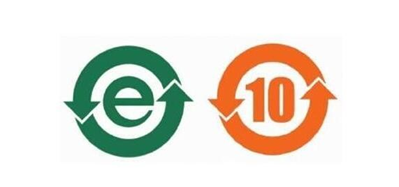
RoHS certification covers electronic and electrical products with AC1000V and DC1500V:
1. Large household appliances: refrigerators, washing machines, microwave ovens, air conditioners, etc.;
2. Small household appliances: vacuum cleaners, electric irons, hair dryers, ovens, clocks, etc.;
3. IT and communication equipment: computers, fax machines, telephones, mobile phones, etc.;
4. Civil equipment: radios, televisions, video recorders, musical instruments, etc.;
5. Lighting appliances: fluorescent lamps other than household lighting, lighting control devices;
6. Power tools: electric drills, lathes, welding, sprayers, etc.;
7. Toys/entertainment, sports equipment, electric vehicles, video game consoles, automatic gambling machines, etc.;
8. Medical equipment: radiotherapy apparatus, electrocardiogram tester, analytical instrument, etc.;
9. Monitoring/control devices: smoke detectors, thermostats, factory monitoring and control machines, etc.;
10. Vending machines.
ROHS certification restricts six hazardous substances:
Heavy metals: (1) lead (Pb), (2) cadmium (Cd), (3) mercury (Hg), (4) hexavalent chromium Cr (VI)
Certain brominated flame retardants: (5) polybrominated biphenyls (PBBs), (6) polybrominated diphenyl ethers (PBDEs)
Process of handling ROHS certification:
1. Customers provide product pictures and BOM (bill of materials) and application forms;
2. The ZRLK laboratory makes a quotation based on the provided information;
3. After the customer confirms the quotation, sign an application form and service agreement, pay the full project fee, and prepare test samples;
4. The customer arranges to mail samples to the laboratory for testing;
5. Pass the test and issue a ROHS test report.
For more information about rohs certification, please call ZRLK for detailed inquiries, and professional engineers will answer online for you. If you provide us with product pictures and specifications, we will give us the corresponding cycle, quotation and specific plan according to your product. Welcome to inquire.



